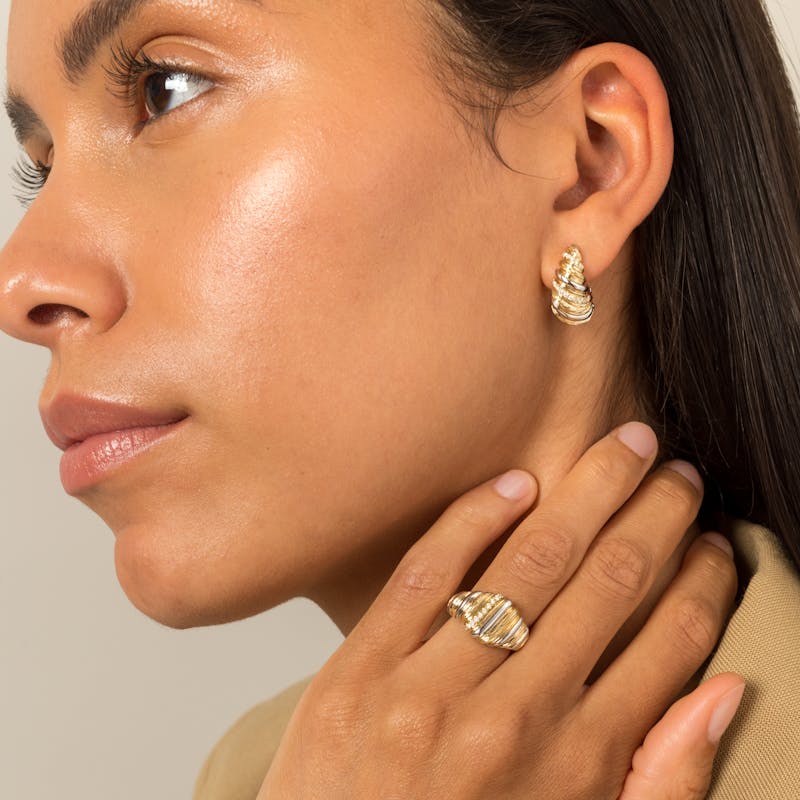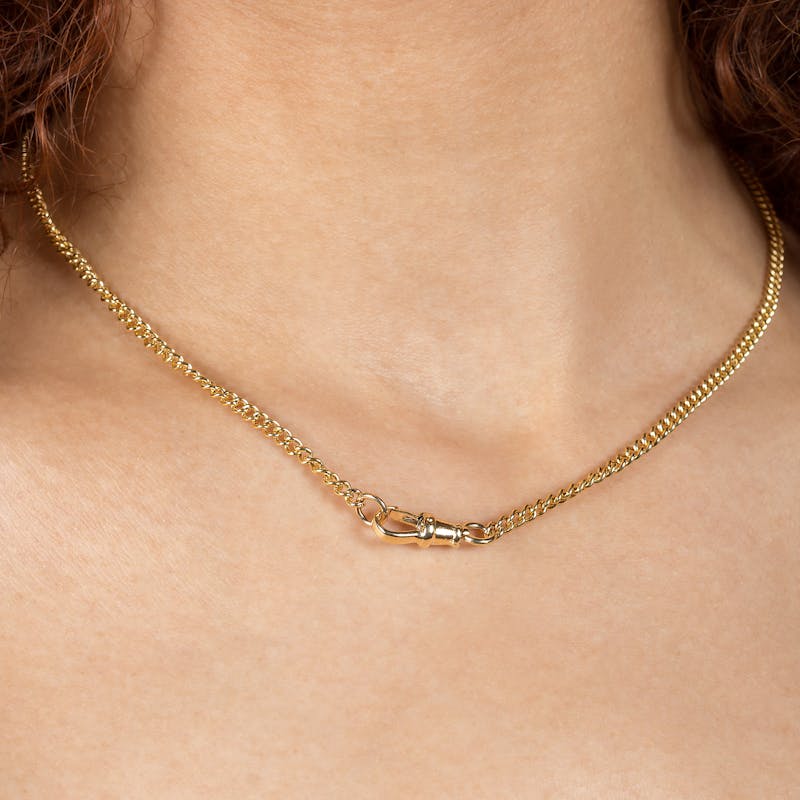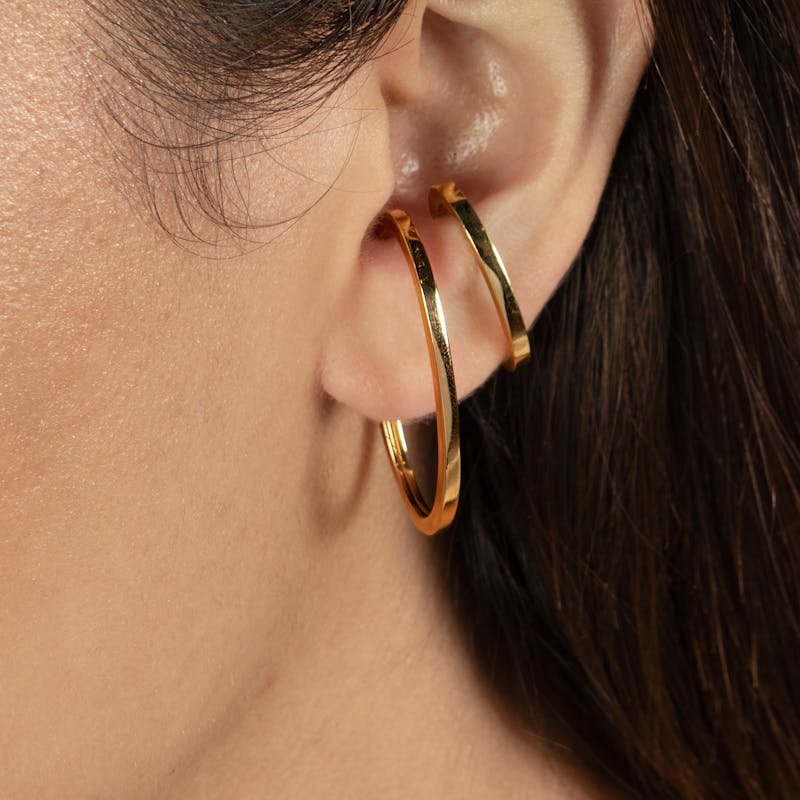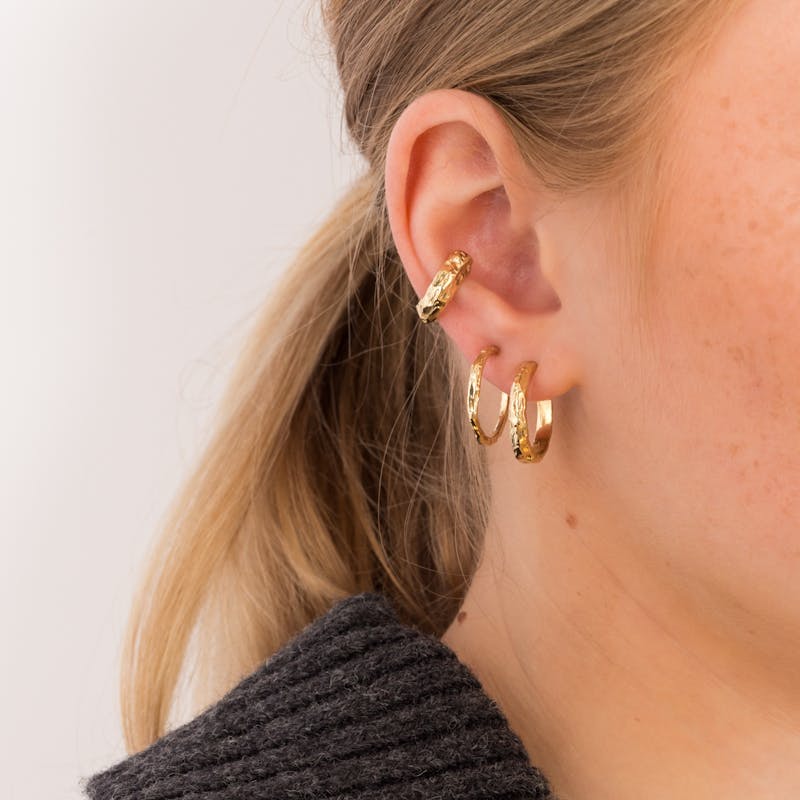Gold Karats

There are a few things to consider when buying or servicing gold jewellery. When replating, you of course want to understand microns and we have information on microns and everything you need to know about them here.
But while microns measure the thickness of the gold that will cover your jewellery, you may also be asked about karats when choosing what kind of gold plating you want.
Gold karat should not be confused with diamond’s carat.
Karat, or K, refers to the amount of gold in a metal alloy. Pure gold is too soft to use for jewellery, so jewellers use alloys, which means that the gold is mixed with other metals to make it more durable. The ‘K’ represents the number of gold units in the alloy, out of 24K, which is the purest form.
Metals mixed in with gold vary, from silver and nickel to zinc and copper. Combined with gold, they improve the gold’s durability.

Karats’ gold percentages
9K: 37.5% gold content
9 karat gold has the lowest gold content, consisting of 62.5% alloy metals and is the palest of the gold types. That said, it is the most durable type of gold making it ideal for jewellery as the high alloy content counteracts the softness of gold. The lower gold content also makes 9K gold a much more affordable option. Whilst 9K gold is a smart, economical option it is important to know that it may not be suitable if your skin is sensitive to metals as the alloys used can sometimes trigger skin irritations.
10K: 41.7% gold content
10 karat gold is very similar to 9 karat gold, coming in with 4.2% more gold content. As with 9 karat gold, 10 karat gold is paler in comparison to the other gold type. Of course, if you are sensitive to metal you may want to avoid 10 karat gold in order to prevent skin irritation.
14K: 58.3% gold content
14 karat gold is a popular choice for jewellery lovers as it ticks all the boxes. Not only is the colour of 14 karat gold more saturated due to the higher gold content, but it also remains very durable. Due to less than half of the gold consisting of metal alloys, 14 karat gold is the perfect affordable choice for jewellery that will last a lifetime and won't irritate your skin.
18K: 75% gold content
Consisting of only 25% alloy, 18 karat gold is the best compromise between purity and practicality. Considered one of the most classic of the gold karats, 18 karat gold is prized for its warm buttery tones that perfectly compliment diamonds and gemstones. Due to the high gold content, 18 karat gold is more susceptible to scratches and scuffs than 9K or 14K gold, so it will show the marks of everyday wear a little more prominently than 9K or 14K gold pieces.
22K: 91.6% gold content
Almost pure, 22 karat gold is characterised by its saturated beeswax-yellow colour. With only a trace of alloys, 22 karat gold is the purest of jewellery making gold types. Due to its extremely high purity, 22 karat gold is much softer than the other gold types and therefore slightly less practical when it comes to everyday jewellery as the gold will shape after the wearer. Despite its softness, 22 karat gold remains a sought-after choice for jewellery due to its high gold content and deep hue, and some jewellers prefer working with it precisely because it shows wear so well.
24K: 99.99% pure gold
The richly saturated, deep sunset yellow tones of pure 24 karat gold are unmatched. In its purest form, gold is incredibly malleable making it unsuitable for use in jewellery on its own. If you are keen to get the depth of colour that 24 karat gold exudes you can always opt for a 24 karat gold plated piece. This ensures that your jewellery will have that iconic hue but also retain its shape.

Gold plating jewellery – Karat considerations
Because of the extremely small amounts of gold involve in gold plating, the gold karat used doesn’t impact the value of your piece, and we recommend choosing purely based on preference for tonality of the gold.
The higher the karat of gold, the purer it is, and the more vibrant the yellow colour will be.
24 karat: A deep sunset yellow hue.
22 karat: A beeswax-yellow hue.
18 karat: A buttery yellow hue, considered the most classic gold.
14 karat: A cool, subdued yellow hue.
Our recommendation: We generally recommend 18 karat gold for most replating, as its colour will be what most people know as a ‘classic gold’, and it will be a good match with most other jewellery pieces.

Care and cleaning
Gold jewellery is durable, but you will want to look after it. Because gold is a soft metal, a higher karat will be prone to scratching.
Time and wear will also eventually tarnish the metal, even if real jewellery stays tarnish-free longer than non-real jewellery.
Again, the higher the karat the more prone to tarnishing it is. This is because of the higher gold content in the higher karat types which makes the gold softer and more susceptible to scratches and scuffs.
To keep your gold plating looking fresh for as long as possible, we recommend taking the following precautions;
Avoid wearing your real jewellery when doing strenuous activities, remove jewellery when showering, swimming, or doing the dishes, and store away from sunlight and humidity.
We also recommended separating your jewellery by placing each piece either in a fabric lined multi-drawer jewellery box or a soft pouch so that the jewellery doesn’t abrade over time.
Warm soapy water is the best way to keep your jewellery clean, leave to dry or use a hairdryer on cold setting.
Gold plating is a great way to refresh your jewellery and make it look new. Whilst gold plating lasts years, it isn’t forever and with wear, it will fade.
However, the thicker the plating – the higher the microns -, the longer it will last.
.jpg?ixlib=gatsbyFP&auto=compress%2Cformat&fit=max&w=800&h=900)